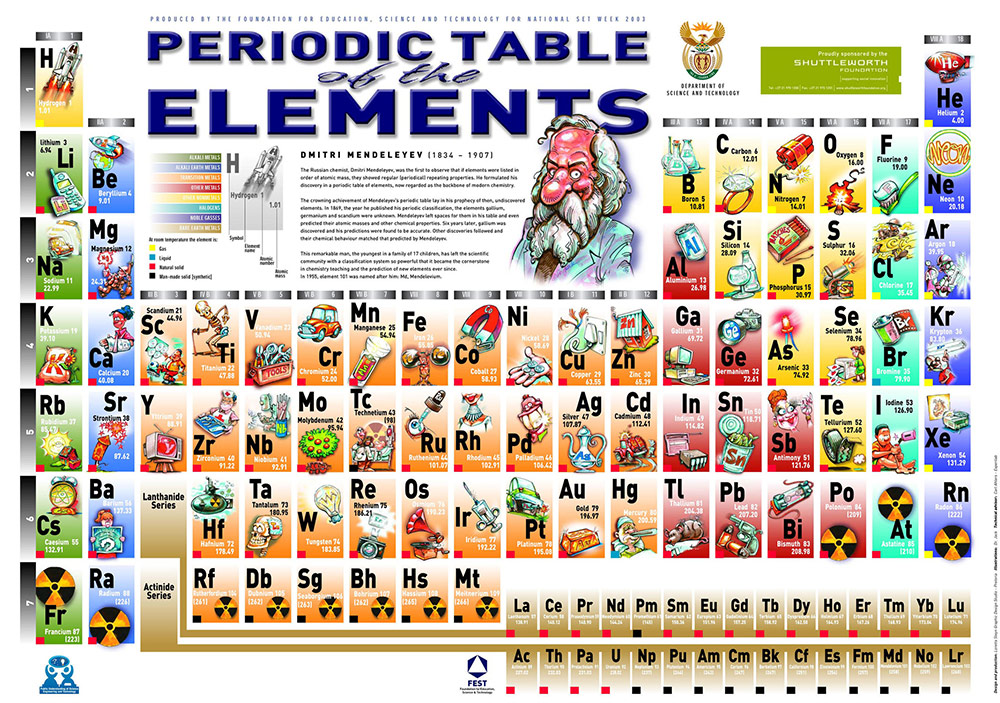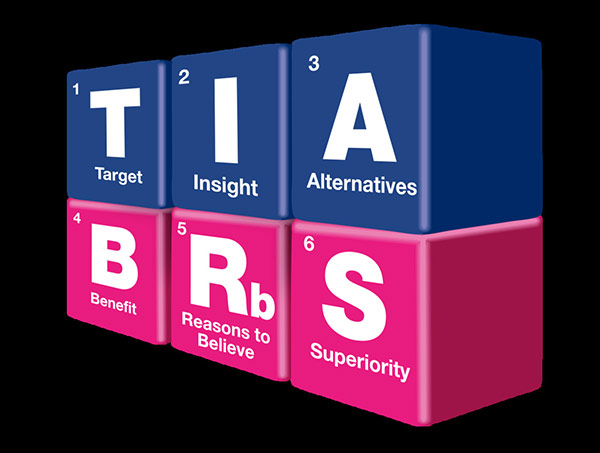Let me tell you about how the Periodic table was invented.

For years experts had struggled with a way to explain the building blocks of the Universe, the story of how things interact and what unique elements existed.
The story has it that in 1869 Dmitri Mendeleev had written the properties of elements on pieces of card and after organising the cards while playing patience he suddenly realised that by arranging the element cards in order of increasing atomic weight that certain types of element regularly occurred.
Although other experts went on to discover more elements later and build upon Mendeleev’s method, these rarer complex elements still built upon his core template and fitted perfectly.
For 20 Years I’ve worked in roles where I needed to write product concepts (value propositions) and having worked for P&G, Unilever and Pepsi I learned the fundamentals very early.
Despite this, there was no real explanation of how to step through the elements needed to write a Value Proposition effectively. Unilever has it’s Brand Key with essence and personality, Philips its VPH with Brand Pillars, there are Brand Pyramids, Brand Targets, Proposition Triangles and no doubt somewhere a Brand Dodecahedron.
Principles such as insights, segmentation, proof points, hygiene factors and USP’s seem to periodically occur in most of these approaches, but nothing that you could define as a simple universal approach exists.
That’s why the most frequent question I get asked is ‘How do you write a value proposition?’ and what steps do you need to undertake to create a product concept that sells.
Over the last decade I’ve trained 35,000 people how to do this one task effectively, and like Mendeleev I’ve been playing around with the core elements.
The end result is a table of six elements that occur in all the big marketing company templates and which when approached sequentially create the steps required to build the most effective value proposition.

Writing product stories that sell is not withcraft or rocketscience
These 6 elements allow you to create a disciplined, robust approach to writing a value proposition
The worlds best marketing companies have known for years that to tell a story of a product, service or brand you need to use the same 6 core elements.
You need to focus on a target, work out what they need then see why other alternatives fail to address that opportunity adequately.
Anything complicated or contentious so far?
Then you need to clearly communicate the benefit you offer and prove you can deliver it in a better way than those others.
Communicating your ideas inside and outside the company in a proposition that follows that structure is proven to work every time.
So that’s what we teach.
We’ve put those elements into a table in the correct sequence of decision making and we’ve clarified what choices and language work best at every step. We don’t overcomplicate it, wrap it up in jargon or try and add stuff to make ourselves seem clever. Like Mendeleev and the periodic table, it’s built on years of best practice, just arranged in a way that means it’s going to be the foundation of doing things for years to come.
What we do however, is explain it really simply and give rich and elegant examples at every turn. We find people learn better that way.
In the following video I walk through the exact steps and logic of the six elements so you can see how this approach works in practice


